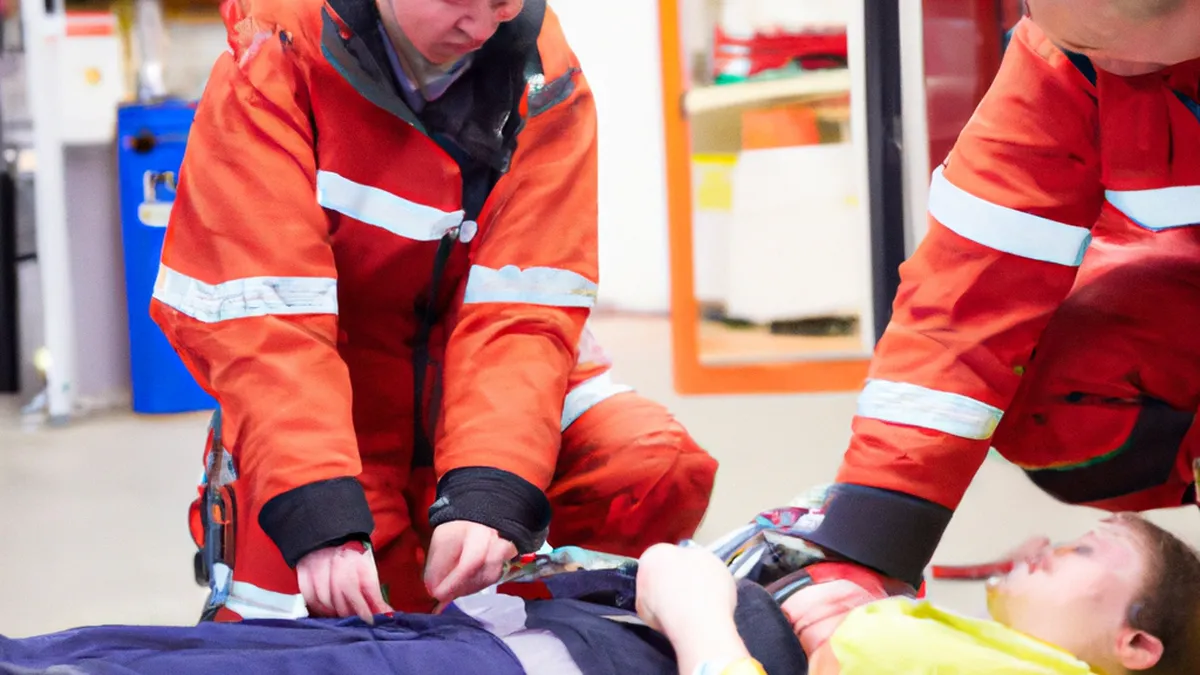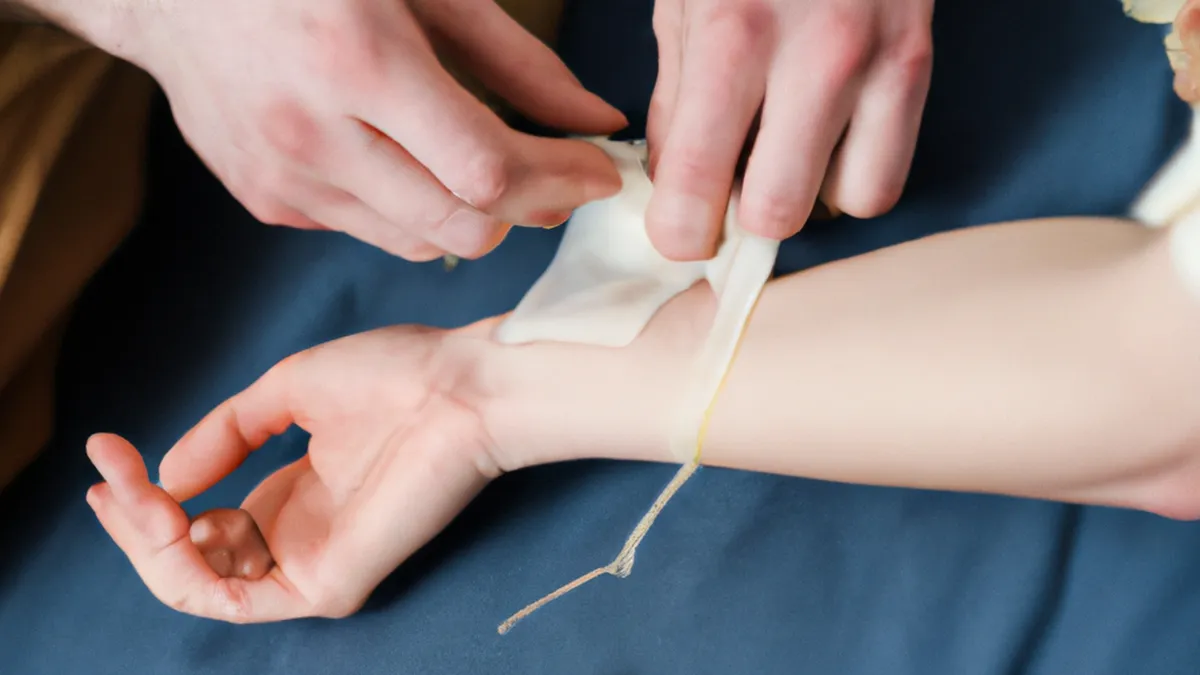Prevention Strategies: Youth Sports Injuries
Analyzing Injury Patterns in Youth Sports for PreventionYouth sports offer benefits like physical fitness, teamwork, and social interaction. However, injuries can overshadow these positive experiences. Coaches, parents, and athletes need to understand injury patterns for effective prevention. Analyzing these patterns helps create safer environments for young players, promoting healthier experiences for all.
Common Injury Patterns in Youth Sports
Youth sports injuries often result from overuse, improper techniques, and inadequate conditioning. Recognizing these patterns helps identify at-risk athletes and implement preventive measures.
Overuse Injuries
Young athletes frequently develop overuse injuries. These injuries occur gradually from repetitive stress on the body, often due to excessive training. For example, young baseball pitchers often experience shoulder and elbow pain. Similarly, soccer players may suffer knee injuries from continuous running and cutting.Research shows that athletes specializing in one sport face higher risks for overuse injuries. Specialization can lead to burnout and strain, as athletes may not allow adequate recovery time. Coaches and parents should promote balanced training with varied activities and rest periods to mitigate these risks.
Traumatic Injuries
Traumatic injuries occur suddenly during play. These injuries include fractures, sprains, concussions, and other acute conditions. For instance, collisions in football may cause concussions or broken bones. Such injuries require immediate medical attention and can impact young athletes’ health.Educating coaches, athletes, and parents about traumatic injury signs is crucial. Raising awareness can prompt quicker responses and better injury management, reducing severity and long-term effects.
Sport-Specific Patterns
Different sports present unique injury risks based on specific activities. Basketball players often experience ankle sprains from jumping and pivoting. Gymnasts may suffer wrist injuries from repetitive landing and support movements.Coaches and parents should learn these sport-specific patterns to enforce safety measures. Tailoring training programs to address these risks can significantly lower injury occurrences, preparing athletes for their sports’ demands.
Tips for Injury Prevention
As an Amazon Associate I earn from qualifying purchases.
Gear tip: consider soccer ball, soccer cleats, and shin guards to support this topic.
Proactive steps can reduce injury risks in youth sports. Here are effective strategies for coaches, parents, and athletes:
Prioritize Proper Warm-Up and Cool Down
Implementing proper warm-up and cool-down routines is vital. Warming up prepares the body for activity by increasing blood flow and enhancing flexibility.
Conclusion
Understanding injury patterns and taking preventive measures can significantly enhance the safety of youth sports.
Below are related products based on this post:
FAQ
What are common causes of injuries in youth sports?
Common causes of injuries in youth sports include overuse, improper techniques, and inadequate conditioning. Overuse injuries often arise from repetitive stress due to excessive training, while traumatic injuries occur suddenly during play. Recognizing these factors is essential for effective injury prevention.
How can overuse injuries be prevented in young athletes?
To prevent overuse injuries, coaches and parents should promote balanced training that includes varied activities and adequate rest periods. Specialization in one sport increases the risk of these injuries, leading to burnout and strain. Encouraging diverse physical activities can help mitigate these risks.
What steps can be taken to reduce the risk of traumatic injuries?
Reducing the risk of traumatic injuries involves educating coaches, athletes, and parents about the signs and management of such injuries. Awareness can prompt quicker responses during incidents, which is crucial for minimizing severity and long-term effects. Immediate medical attention is essential when traumatic injuries occur.















Post Comment